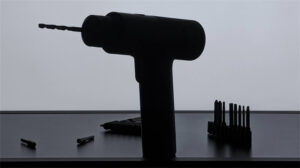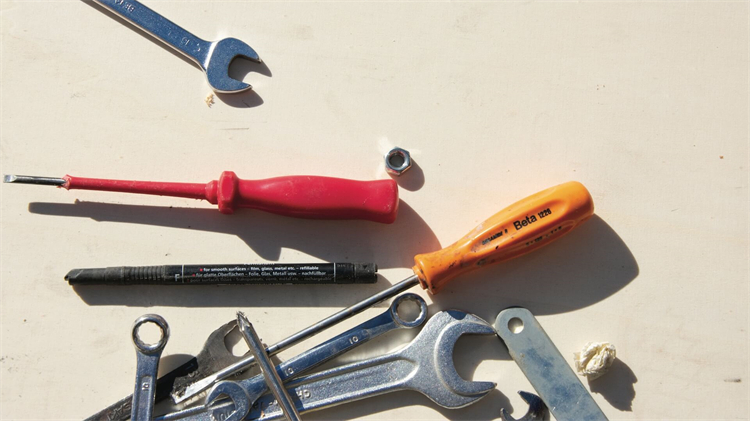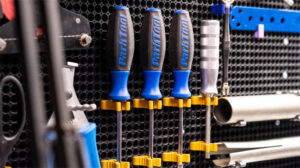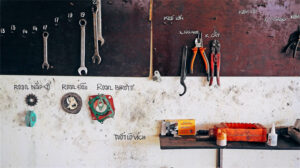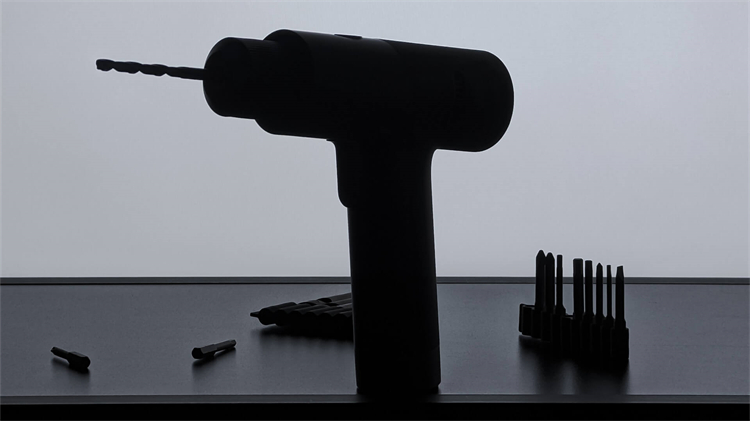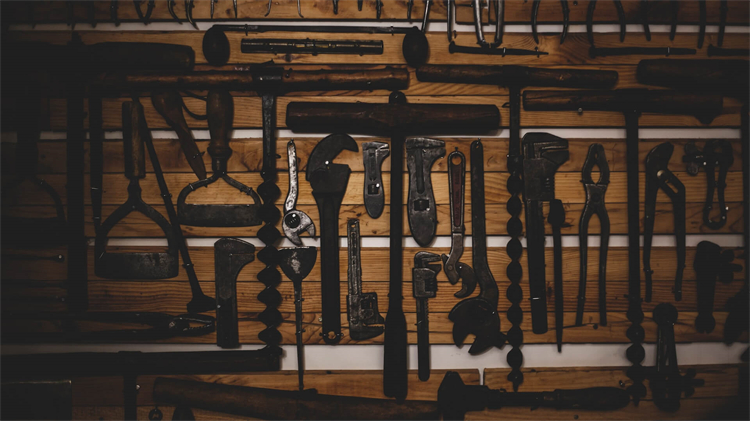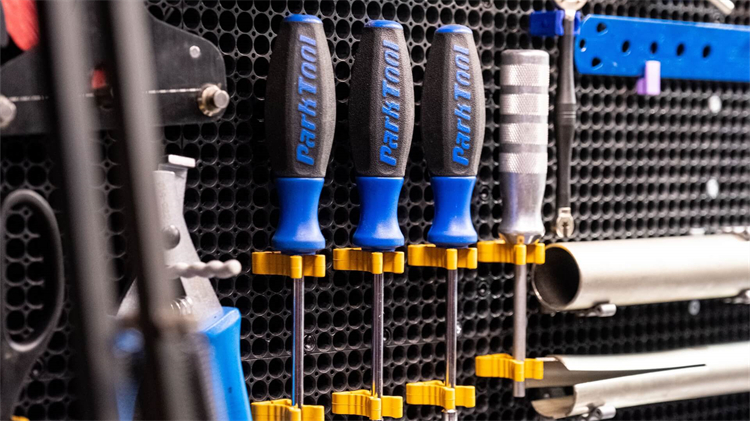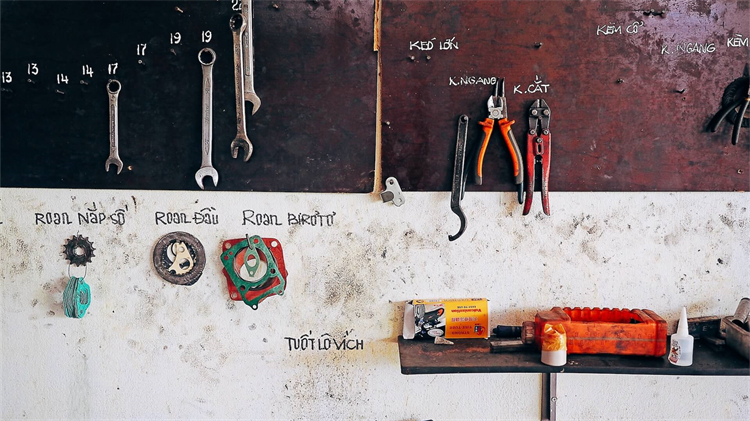Choosing the right tool is a crucial decision that can significantly impact the outcomes of your projects. In the realm of fastening and driving tasks, the choice between impact drivers and electric screwdriver sets holds particular importance.
As we compare impact driver and electric screwdriver sets, we’ll explore what factors should be considered to lay the groundwork for which tool you choose and which plays a key role in achieving your desired project results. Let’s delve into the key factors that make this decision pivotal for the success and efficiency of your projects.

Understanding impact drivers
Understanding the mechanics, features, and applications of impact drivers provides foundational knowledge that aids in making informed decisions when selecting the right tool for specific projects.
Impact drivers operate on a distinct mechanism that combines rotational and concussive forces. The internal hammer and anvil system delivers rapid, rotational impacts, enhancing the tool’s ability to drive screws efficiently.
Key features and specifications
Dive into the intricacies of impact drivers as we highlight key features and specifications.
- High Torque Output: Impact drivers are known for their high torque, making them suitable for driving large screws and handling demanding tasks.
- Compact Design: These tools are often compact and lightweight, allowing for easy maneuverability and use in tight spaces.
- Quick-Change Chuck: The quick-change chuck facilitates fast and effortless bit changes, enhancing overall efficiency.
Advantageous application of impact drivers
Discover the advantageous applications of impact drivers, where they shine in heavy-duty fastening tasks, excelling at driving large screws into both wood and metal.
- Heavy-duty Fastening: Impact drivers excel in heavy-duty fastening tasks, such as driving large screws into wood or metal.
- Construction Projects: Ideal for construction projects where high torque output is necessary for tasks like framing or deck building.
- Automotive Work: Widely used in automotive work for tasks like fastening or removing bolts and screws.
Electric screwdriver sets: unveiling the basics
Understanding the common features, and applications, as well as the limitations and strengths of jeux de tournevis électriques forms a crucial part of the decision-making process when selecting the right tool for specific projects.
Common features and specifications:
- Electric screwdriver sets often feature variable speed settings, allowing users to adjust the tool’s speed based on the task at hand.
- Adjustable torque settings provide control over the force applied, making electric screwdrivers versatile for various materials.
- These sets come with a variety of interchangeable bits, accommodating different screw types and sizes.
Applications suited for electric screwdrivers:
- Ideal for common household repairs like assembling furniture, fixing loose screws, or installing shelves.
- Suited for delicate tasks such as working with small electronic components due to their precision and control.
- Electric screwdriver sets are efficient for tasks involving light assembly, providing convenience and speed.
Limitations and strengths:
- Electric screwdrivers excel in tasks that require precision and control. Suited for projects where constant speed and consistent torque are essential.
- May not have the same high torque output as impact drivers. Less suitable for heavy-duty tasks that demand significant force.
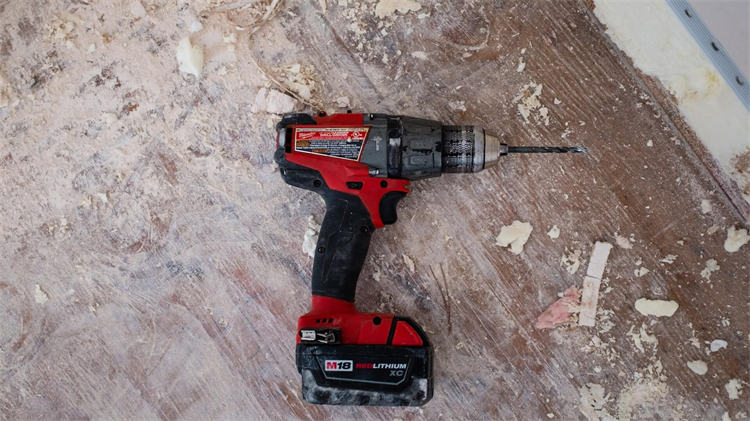
Head-to-head comparison
The choice between the two depends on the specific demands of the project, emphasizing the importance of understanding their unique features and applications.
Torque and power
Torque and power are defining characteristics in the realm of power tools.
Impact drivers, renowned for their exceptional torque output, stand out as powerful tools adept at driving screws into tough materials. Particularly well-suited for tasks demanding substantial force, these tools excel in construction projects and heavy-duty fastening, showcasing their prowess in situations where power is paramount.
In contrast, electric screwdriver sets offer a different approach with variable torque settings that prioritize control. While they may not reach the same high torque levels as impact drivers, these sets are tailor-made for tasks where precision and controlled force take precedence over sheer power.
Ideal for applications where finesse is key, electric screwdriver sets provide the necessary versatility for projects where a more delicate touch is required.
Speed and efficiency
Speed and efficiency are pivotal considerations when choosing power tools.
In the domain of impact drivers, their high rotational speed stands out as a key feature, facilitating rapid fastening and contributing to the efficiency of project completion. Particularly advantageous in scenarios where speed is a top priority, such as assembly lines or projects with an abundance of fasteners, impact drivers deliver swift and effective results.
On the other hand, electric screwdriver sets offer a different dimension with variable speed settings that provide control over the pace of operation. This versatility makes them well-suited for tasks that demand different speeds, offering an efficient solution for projects where striking a balance between speed and precision is crucial.
With their ability to adapt to varying requirements, electric screwdriver sets emerge as valuable tools for achieving optimal efficiency in a wide range of applications.
Versatility
Versatility is a key factor distinguishing impact drivers and electric screwdriver sets in their applications.
Impact drivers showcase their versatility, particularly excelling in heavy-duty tasks where high torque is paramount. However, their higher power makes them less suitable for delicate tasks, as there is a potential risk of over-tightening, emphasizing the importance of selecting the right tool for the specific demands of the project.
In contrast, electric screwdriver sets offer a versatile solution across a broad spectrum of applications. Well-suited for both light assembly and precision work, these sets stand out for their adaptability in tasks that require controlled force and varied speeds.
The versatility of electric screwdriver sets makes them a practical choice for projects with diverse requirements, showcasing their ability to handle a wide range of applications with precision and finesse.
Considering real-world scenarios enables users to make informed decisions, ensuring the selected tool aligns perfectly with the demands of the project at hand.
Factors influencing the decision-making process
Delve into the decision-making process by first considering the nature of the project at hand.
- Nature of the Project: Consider the type of project at hand. For heavy-duty construction tasks, an impact driver might be the go-to choice. For precision work or lighter assembly, an electric screwdriver set may offer more control.
- Material Being Worked On: The material you’re working with plays a crucial role. Impact drivers excel with dense materials like hardwood or metal, while electric screwdriver sets shine in tasks involving delicate materials.
Project-specific considerations for optimal tool selection
Tailor your tool selection to the project at hand by first assessing the torque requirements.
- Torque Requirements: Assess the torque requirements of the project. If significant force is needed, an impact driver is likely the better option. For tasks where controlled force is essential, an electric screwdriver set may be more suitable.
- Speed Demands: Consider the speed demands of the project. If efficiency and rapid fastening are crucial, an impact driver’s high rotational speed is advantageous. Conversely, if a balance between speed and precision is needed, an electric screwdriver set with adjustable speed settings may be preferable.
The right tool for different scenarios
In the realm of tool choices, tailor your selection to specific scenarios.
- Deck Building (Impact Driver): When constructing a deck, where driving large screws into tough wood is common, an impact driver’s high torque and speed make it the ideal choice for efficiency and power.
- Furniture Assembly (Electric Screwdriver Set): In the case of assembling furniture with smaller screws and the need for controlled force to avoid overtightening, an electric screwdriver set proves invaluable for precision and finesse.
- Electronics Repair (Electric Screwdriver Set): When working on delicate electronics that require small, precise screws, an electric screwdriver set ensures the necessary control without risking damage.
- Automotive Repairs (Impact Driver): For automotive repairs involving heavy-duty fastening tasks, such as removing lug nuts, an impact driver’s power and torque are essential for swift and effective work.
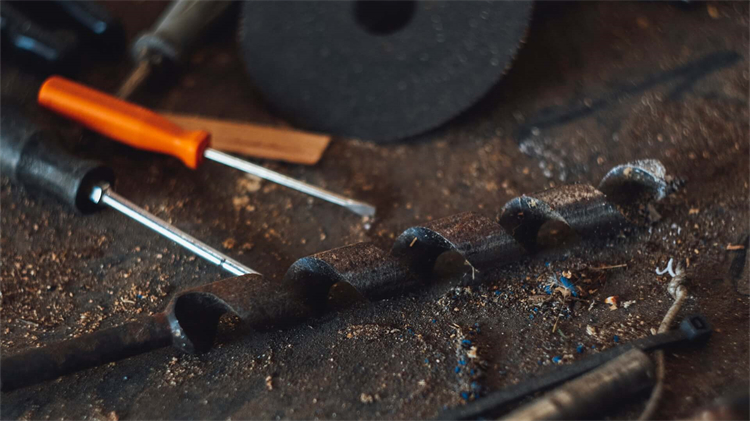
Pros and cons
This thorough examination of the pros and cons aids users in making a well-informed decision based on their preferences, comfort, and the specific requirements of their projects.
Impact drivers: advantages and disadvantages
Explore the advantages and disadvantages of impact drivers to understand their capabilities and limitations for various tasks.
Advantages:
Discover the strengths of impact drivers, from their high torque for heavy-duty tasks to their efficient rotational speed, making them indispensable for large projects.
- High Torque: Impact drivers boast high torque, making them formidable for heavy-duty tasks.
- Speed and Efficiency: Rapid rotational speed ensures fast and efficient fastening, ideal for large projects.
- Versatility in Construction: Excelling in construction tasks, impact drivers are the go-to tools for professionals in the field.
Disadvantages:
Uncover the drawbacks of impact drivers, including challenges with precision, increased weight and size, and limitations in delicate task applications.
- Less Precision: The high torque that makes impact drivers powerful can be a drawback in tasks requiring finesse and precision.
- Weight and Size: Impact drivers are often heavier and bulkier than electric screwdriver sets, potentially causing fatigue during prolonged use.
- Not Ideal for Delicate Tasks: The power of impact drivers may be excessive for delicate materials or small screws.
Electric screwdriver sets: pros and cons
Delve into the pros and cons of electric screwdriver sets to evaluate their suitability for versatile applications.
Pour :
Learn about the positive aspects of electric screwdriver sets, such as adjustable torque settings, versatility across different tasks, and their compact and lightweight design.
- Adjustable Torque: Electric screwdriver sets offer adjustable torque settings, allowing for controlled force suitable for various tasks.
- Polyvalence : Well-suited for a broad range of applications, from assembling furniture to handling electronics.
- Compact and Lightweight: Electric screwdriver sets are generally more compact and lightweight, enhancing maneuverability.
Cons :
Examine the limitations of electric screwdriver sets, including lower torque output for heavy-duty tasks and potentially slower fastening speeds compared to impact drivers.
- Lower Torque: While adjustable, the torque output of electric screwdriver sets may be insufficient for heavy-duty construction tasks.
- Slower Fastening Speed: Electric screwdrivers may not match the rapid fastening speed of impact drivers, impacting efficiency on large projects.
Making an informed decision
Making an informed decision between impact drivers and electric screwdriver sets involves a thorough consideration of project requirements, user preferences, and an understanding of the strengths and limitations of each tool.
- Task Nature: Identify whether the project involves heavy-duty construction, intricate assembly, or delicate materials.
- Torque Needs: Evaluate the torque requirements for the tasks at hand, considering the force needed for efficient fastening.
- Comfort Level: Factor in the user’s comfort during tool operation, especially for extended periods.
- Control Preferences: Consider whether the user values precise control over force, influencing the choice between an impact driver and an electric screwdriver set.
- Project Success: Emphasize how choosing the right tool contributes to project success, ensuring efficiency, precision, and overall satisfaction.
- Avoiding Overkill: Highlight the risk of overpowered tools in certain scenarios, leading to potential damage or inefficiency.
- Efficiency and Precision: Stress the role of project-specific requirements in achieving efficiency and precision, emphasizing that the right tool enhances overall project outcomes.
- User Satisfaction: Remind users that aligning the tool with project demands enhances user satisfaction, making tasks more manageable and enjoyable.
Conclusion
Acknowledging that both impact drivers and electric screwdriver sets have their strengths and weaknesses, having the right tool for the job is essential for achieving optimal results. The choice between impact drivers and electric screwdriver sets is not a one-size-fits-all decision.
Users should navigate this choice with confidence, considering project-specific needs, user preferences, and the strengths of each tool. By doing so, they empower themselves to tackle tasks with efficiency, precision, and a sense of satisfaction, knowing they have the right tools for the job at hand.
